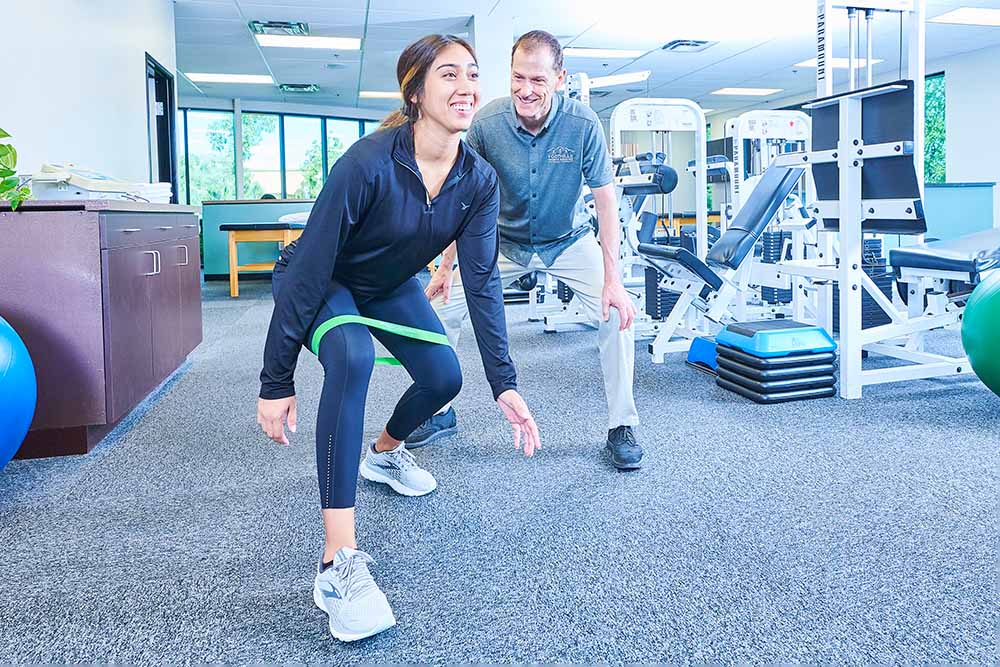Comprehending How Sudden Injuries Alter Sporting Performance Mechanics
Wiki Article
Acute injuries are unexpected harm that can occur during athletic events or fitness activities. These injuries can significantly affect an athlete's ability and overall health. Common examples of sudden traumas include twists, breaks, and strains. They occur quickly and frequently arise from incidents, such as tumbles, crashes, or incorrect movements. Comprehending how these injuries affect athletic capabilities dynamics is important for sportspeople, coaches, and medical professionals who work with them.
When an sportsman experiences an sudden injury, the prompt effects can be quite significant. Pain and inflammation are frequent indicators that can limit movement and function. For instance, a hoops player who injures an joint may find it painful to walk or run. This limitation can lead to a decrease in ability, as athletes may struggle to compete at their typical capability. Additionally, the mental effects of an injury can also play a role. Players might feel worried or fearful about returning to their activity, which can further influence their ability.
Rehabilitation from an sudden injury involves several stages, including rest, rehabilitation, and incremental return to activity. The initial emphasis is usually on controlling pain and swelling. Medical professionals may recommend cold therapy, bandaging, and lifting to help with healing. Once the initial phase has ended, therapeutic activities become important. These exercises help restore power, flexibility, and extent of movement. Players need to adhere to a systematic recovery plan to ensure they come back to their activity without risk and efficiently.
The lasting effects of sudden injuries can differ. Some athletes may recover fully and return to their previous performance levels, while others may face persistent challenges. Chronic pain or fragility can emerge if an trauma is not adequately managed. This circumstance can lead to a pattern of recurring injuries or alternative traumas in different parts of the physique. It is essential for athletes to be calm during the recovery process and to work closely with medical professionals to address any lingering concerns.
In summary, acute injuries can dramatically change telehealth physical therapy how athletes perform in their activities. The immediate physical and psychological effects can hinder performance and confidence. Rehabilitation involves attentive management and therapy to guarantee that players can securely come back to their activities. Understanding the dynamics of acute injuries can help everyone involved in athletics—from athletes to trainers to medical professionals—assist those impacted and encourage a secure re-entry to sporting performance.
